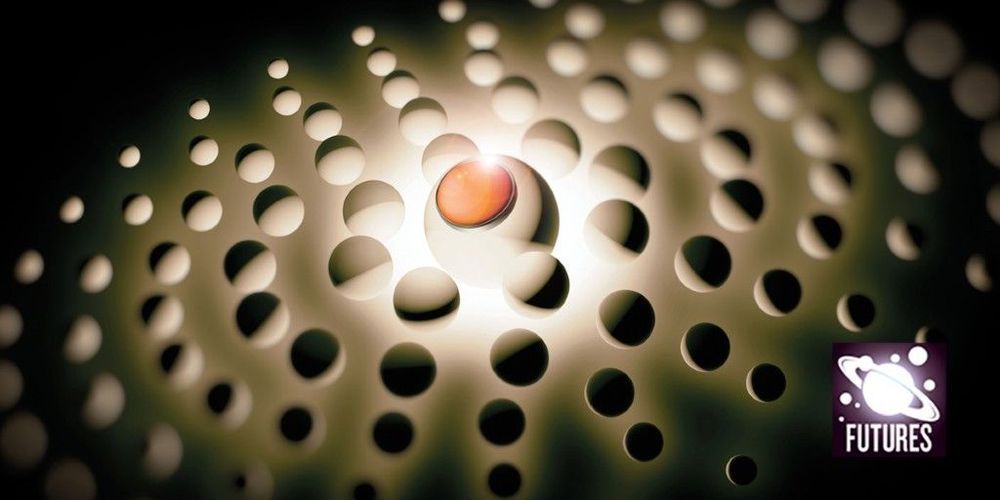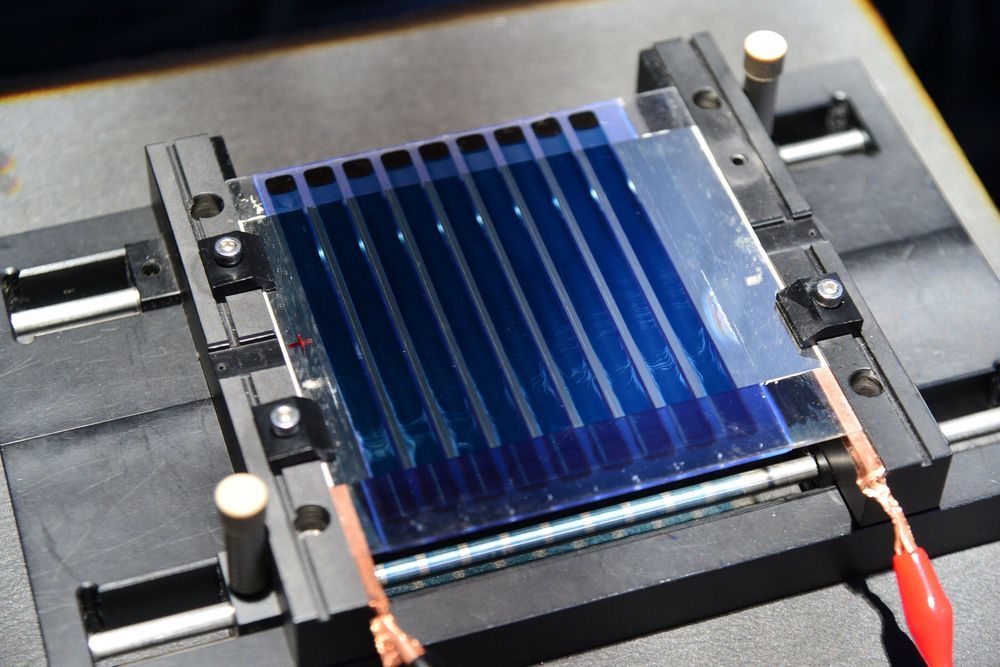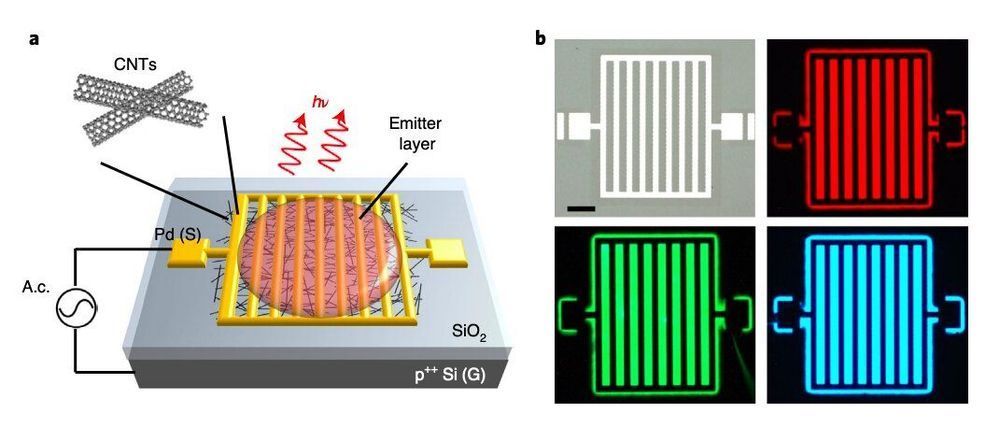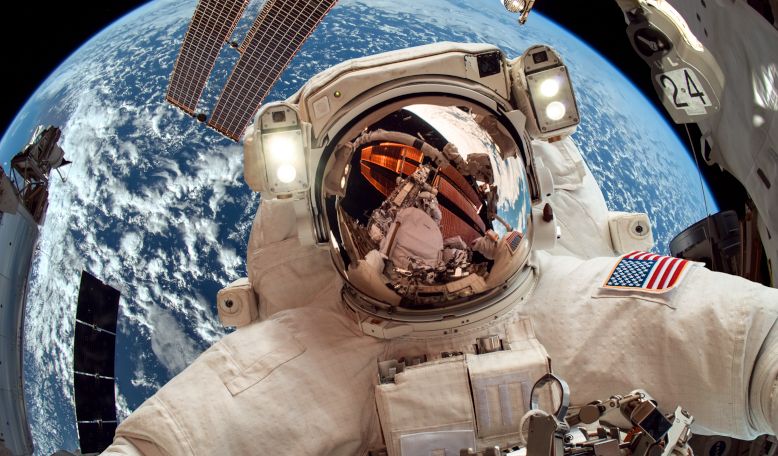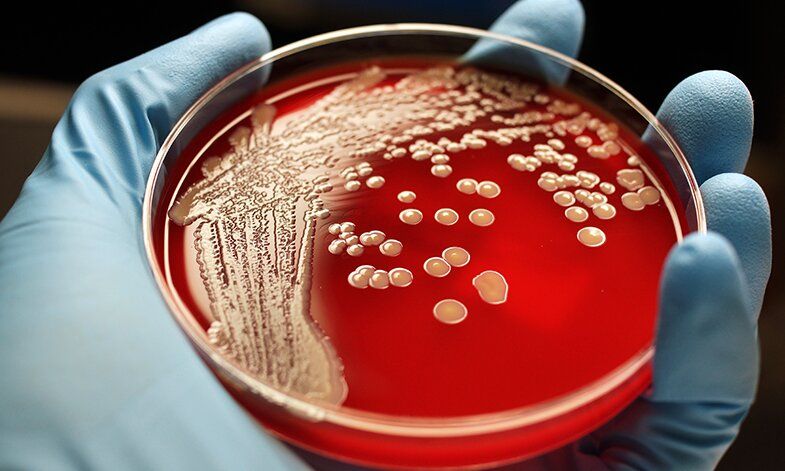Page 7411
Sep 9, 2020
Cutting-Edge AI Writes Essay Convincing Us It’s Harmless
Posted by Quinn Sena in category: robotics/AI

GPT-3, an advanced language generator developed by OpenAI, wrote a frighteningly humanlike essay for The Guardian on how humanity shouldn’t fear AI.
Sep 9, 2020
The Next Big Thing: New Galaxy Discovered at Outer Rim of the Known Universe
Posted by Quinn Sena in category: cosmology
Astronomers at the Keck Observatory in Hawaii say they have found the most distant galaxy yet. Its name is z8_GND_5296, and it is churning out new stars at an astounding rate. The remarkable z8_GND_5296 is believed to be about 30 billion light years away, and continues to gain distance. Scientists are hoping it can provide clues to what happened right after the Big Bang.
The Keck research team determined how far away z8_GND_5296 is by measuring precisely the redness of its light. Since the galaxy is moving away, its light waves are stretched, which makes it appear redder than it truly is. Astronomers call this phenomena redshift. This galaxy holds the redshift record at 7.51, beating the now second furthest galaxy by exactly 0.3. According to Nature, an international weekly science journal, only five known galaxies have a mathematically tested and confirmed redshift “in excess of 7.”
With regard to producing new stars, z8_GND_5296 is unusually productive. Nature says it puts out “about 330 new solar masses per year, which is which is more than a factor of 100 greater than that seen in the Milky Way.” This is even more impressive if one considers z8_GND_5296’s diminutive size. The powerhouse star-producer is only about 1–2% the size of our galaxy. Of the recorded galaxies with redshifts exceeding 7, only one other has a high star-formation rate.
Sep 9, 2020
Gravitational crystal inside the black hole
Posted by Quinn Sena in categories: cosmology, quantum physics
 Circa 2015. What if a hull of ship could have warp crystals that could slip through space time easier.
Circa 2015. What if a hull of ship could have warp crystals that could slip through space time easier.
Crystals, as quantum objects typically much larger than their lattice spacing, are a counterexample to a frequent prejudice that quantum effects should not be pronounced at macroscopic distances. We propose that the Einstein theory of gravity only describes a fluid phase and that a phase transition of crystallization can occur under extreme conditions such as those inside the black hole. Such a crystal phase with lattice spacing of the order of the Planck length offers a natural mechanism for pronounced quantum-gravity effects at distances much larger than the Planck length. A resolution of the black-hole information paradox is proposed, according to which all information is stored in a crystal-phase remnant with size and mass much above the Planck scale.
Sep 9, 2020
How Two Became One: Origins of a Mysterious Symbiosis Found
Posted by Quinn Sena in category: futurism
Carpenter ants need endosymbiotic bacteria to guide the early development of their embryos. New work has reconstructed how this deep partnership evolved.
Sep 9, 2020
Development of photovoltaics that can be applied like paint for real-life application
Posted by Saúl Morales Rodriguéz in categories: solar power, sustainability, transportation
Researchers in Korea have successfully developed a large-area, organic-solution-processable solar cell with high efficiency. They achieved their breakthrough by controlling the speed at which the solution of raw materials for solar cells became solidified after being coated. The team, led by Dr. Hae Jung Son from the Photo-electronic Hybrids Research Center of the Korea Institute of Science and Technology (KIST), have identified the difference in the mechanism of film formation between a small area and a large area of organic solar cells in a solution process, thereby making possible the development of high-efficiency, large-area organic photovoltaics.
If a photovoltaic material is made in the form of paint that can be applied to any surface, such as the exterior of a building or a car, it will be possible to achieve energy self-sufficiency and provide low-cost, eco-friendly energy to regions suffering from energy poverty. Such technology would provide easy installation of photovoltaics, even on urban buildings, and the photovoltaic panels could be maintained by re-applying the “paint.”
Solution-processable solar cells, which work by coating the surface with the solar cell solution, are not yet feasible for industry. Currently, such large-area photovoltaics present reduced performance and production difficulties due to material- and process-related limitations, and this has been an obstacle to commercialization.
Sep 9, 2020
A device that can produce electroluminescence from infrared to ultraviolet wavelengths
Posted by Saúl Morales Rodriguéz in categories: materials, nanotechnology
Electroluminescence (EL), electrically produced luminescence, is crucial to the operation of many electronic devices that are designed to emit light. EL can theoretically be achieved in devices with a variety of structures and made of different materials. However, to be electroluminescent, these devices need to have a number of core features that allow them to support specific light-emitting materials.
These core features have so far limited the range of materials that can be used to build electroluminescent devices. This ultimately prevented the development of devices that can emit light at a wide range of wavelengths.
Researchers at University of California Berkeley (UC Berkeley) have recently realized an electroluminescent device that can emit light from infrared to ultraviolet wavelengths. This new device, presented in a paper published in Nature Electronics, was built using carbon nanotubes (CNTs), large, cylindrical carbon-based structures that are often used to fabricate electronics.
Sep 9, 2020
Transistor-integrated cooling for a more powerful chip
Posted by Saúl Morales Rodriguéz in categories: computing, engineering
Managing the heat generated in electronics is a huge problem, especially with the constant push to reduce the size and pack as many transistors as possible in the same chip. The whole problem is how to manage such high heat fluxes efficiently. Usually, electronic technologies, designed by electrical engineers, and cooling systems, designed by mechanical engineers, are done independently and separately. But now, EPFL researchers have quietly revolutionized the process by combining these two design steps into one: They’ve developed an integrated microfluidic cooling technology together with the electronics that can efficiently manage the large heat fluxes generated by transistors. Their research, which has been published in Nature, will lead to even more compact electronic devices and enable the integration of power converters, with several high-voltage devices, into a single chip.
The best of both worlds
In this ERC-funded project, Professor Elison Matioli, his doctoral student Remco Van Erp, and their team from the School of Engineering’s Power and Wide-band-gap Electronics Research Laboratory (POWERLAB), began working to bring about a real change in designing electronic devices by conceiving the electronics and cooling together, right from the beginning. The group sought to extract the heat very near the regions that heat up the most in the device. “We wanted to combine skills in electrical and mechanical engineering in order to create a new kind of device,” says Van Erp.
Sep 9, 2020
The brain reorganises itself in space but is not destroyed, new study says
Posted by Malak Trabelsi Loeb in category: space
It’s good news for anyone planning on spending months floating around in the International Space Station (ISS) or for those who might one day find themselves on a long-haul flight to Mars, as researchers imaging the brains of Russian cosmonauts have found that while the brain does undergo changes in a microgravity environment, it doesn’t deteriorate.
New research suggests prolonged exposure to microgravity does cause parts of the brain to reorganise itself, but does not trigger loss of brain tissue.
Sep 9, 2020
Scientists develop new compound which kills both types of antibiotic resistant superbugs
Posted by Jeff Myers in category: biotech/medical
Researchers at the University of Sheffield have developed a new compound that is able to kill both gram-positive and gram-negative antibiotic-resistant bacteria.
Gram-positive and gram-negative bacteria have different cell wall structures, but the new antibiotic compound is able to pass through the cell wall of both forms of bacteria and then bind to the DNA.
The findings, published in Chemical Science, pave the way for developing new treatments for all kinds of antibiotic resistant bacteria, including the gram-positive MRSA and gram-negative E.Coli.
